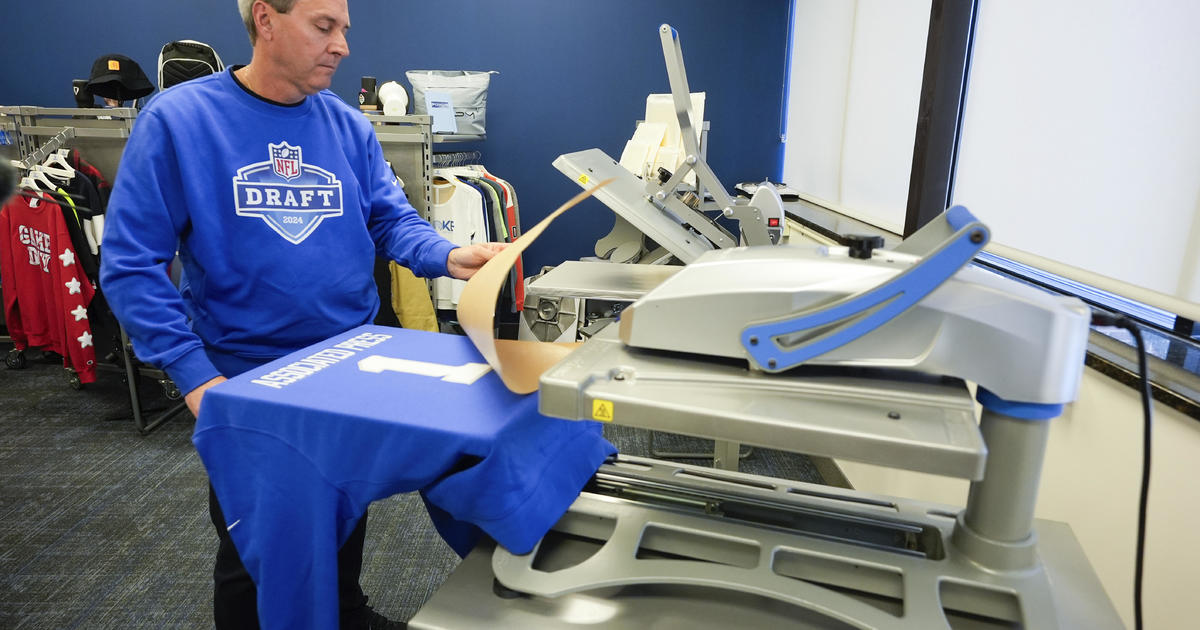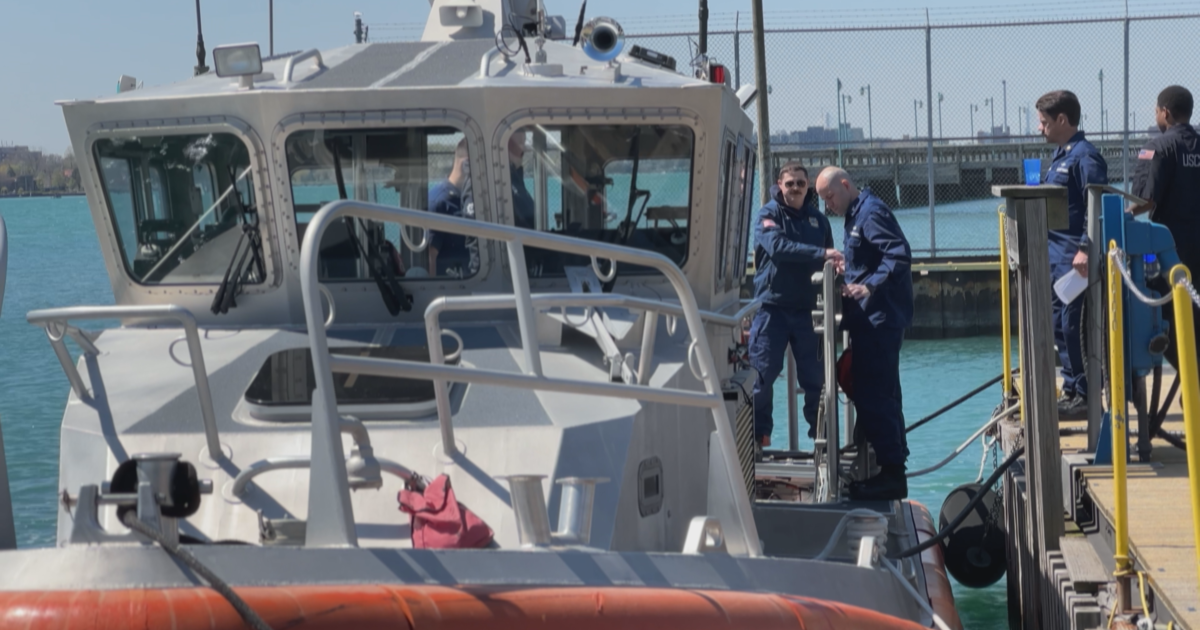Dow: Olympic Stadium Wrap First of Its Kind
MIDLAND -- Although the 2012 Olympic Games have wrapped up, the iconic fabric "wrap" that surrounds London's Olympic Stadium will live on.
Midland-based Dow Chemical Co. (NYSE: DOW) the official chemistry company of the Olympic Games, announced today a partnership with a United Kingdom-based building and development charity, Article 25, and the recycling firm Axion Recycling to repurpose the entire stadium wrap.
Dow said its textile wrap panels are slated for recycling and reuse projects in the UK, and shelter solutions for at-risk children in Uganda and Rio de Janeiro.
Over the past year, Dow and its partners created the innovative new material for the stadium wrap, conducted extensive performance and application testing and identified viable post-Games use options. Dow developed the material to meet the London Olympics organizing committee's "Sustainable Sourcing Code and Temporary Material Guidelines." Dow Elastomer technology made it possible for the wrap to achieve a unique combination of durability, flexibility and fire performance. The total wrap system, including steel cables and fixtures, accounts for less than half of one percent of the stadium's total carbon footprint, making it a low carbon solution for enclosing and decorating the structure.
"We were able to jump in and -- within a year's time -- use Dow's technology to develop this new material that completed the Olympic stadium and has clearly become the most prominent visual of the London 2012 Games," said George Hamilton, vice president of Dow Olympic Operations. "As the textile architecture market grows, we will continue to work closely with our customers and partners to develop and deliver more sustainable, breakthrough solutions."
Dow worked with the Building Research Establishment UK to screen and narrow the list of options for the post-Games use of the wrap. In its evaluation, BRE took into account various factors including waste creation, extent of reprocessing required, technical challenge, scale and end of second life use.
In Brazil, Dow and Article 25 are exploring working with the Bola Pra Frente Institute to construct a shaded community area at the organization's new facility in the Santa Cruz neighborhood of Rio de Janeiro. The Institute was created in 2000 to help children and teenagers from underprivileged communities through social programs focused on education, sports, arts and professional training.
The same sheltering solution will be used as part of Article 25's work with Jubilee Action at a vocational training and counseling center for former child soldiers in Uganda. The stadium wrap panels will remain as much in their current shape as possible, keeping the look of the Games that has inspired athletes and spectators around the world. In addition, Dow is working with Manchester-based Axion Recycling to implement additional projects for reuse or recycling of the wrap within the UK.
Article 25 is a UK registered charity which since 2006 has worked on more than 50 construction assignments, from one-off centers for abandoned children to large-scale reconstruction after disasters.
"These projects will build understanding about the importance of the use and reuse of materials in the global community," said Robin Cross, director of projects and CEO of Article 25. "London won the honor of hosting the Olympics in 2012 by promising to inspire a generation of young people around the world to greater heights of personal and sporting achievement. By using the stadium wrap to build essential community facilities in Uganda and Brazil we hope to deliver on this international promise and bring part of the London Olympics to some of the most marginalized youngsters in the developing world."
Axion director Keith Freegard added, "Our expertise and technology helps support LOCOG's goal to stage the world's first truly sustainable Olympic and Paralympic Games. We have already demonstrated that the stadium wrap can be recycled back into new plastic raw material in our Manchester factory. We look forward to developing other sustainable options for reuse of the wrap textile into beneficial applications in the Greater London region."
After public funding for the wrap project was withdrawn in early 2011, Dow was selected through the committee's rigorous procurement process to supply the materials and manpower to help complete the Olympic Stadium as its architects had intended. Dow worked with the Cooley Group, Rainier, Spartech and Shade Worldwide to develop the wrap, which is made up of 306 individual panels -- each approximately 25 meters high and 2.5 meters wide -- stretching from the concourse ground to the upper tier of the stadium.
The wrap is the most visible of Dow's contributions to Olympic Games. Leading up to London 2012 Dow used the power of chemistry to bring sustainable solutions to the city of London. Dow projects included roofing and flooring in the Olympic and Paralympic Village for energy-efficient housing, resins in the unique blue and pink hockey pitch for faster and safer play, and wire and cable solutions in the International Broadcast Center to support the city's technology infrastructure.
For more information about Dow's work with the Olympic Games, visit www.dow.com/olympicpartnership.



